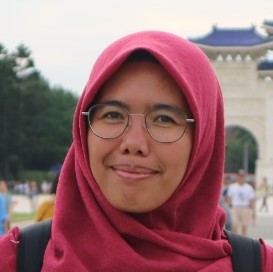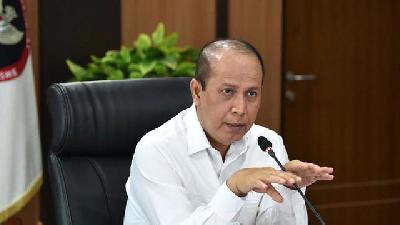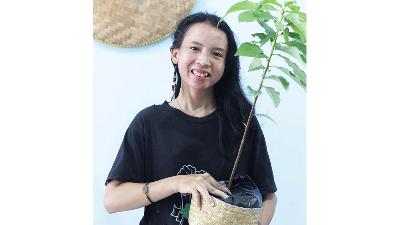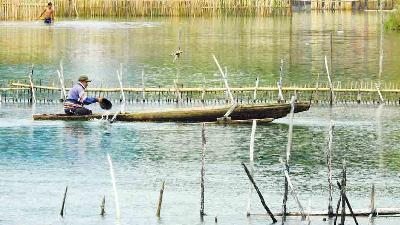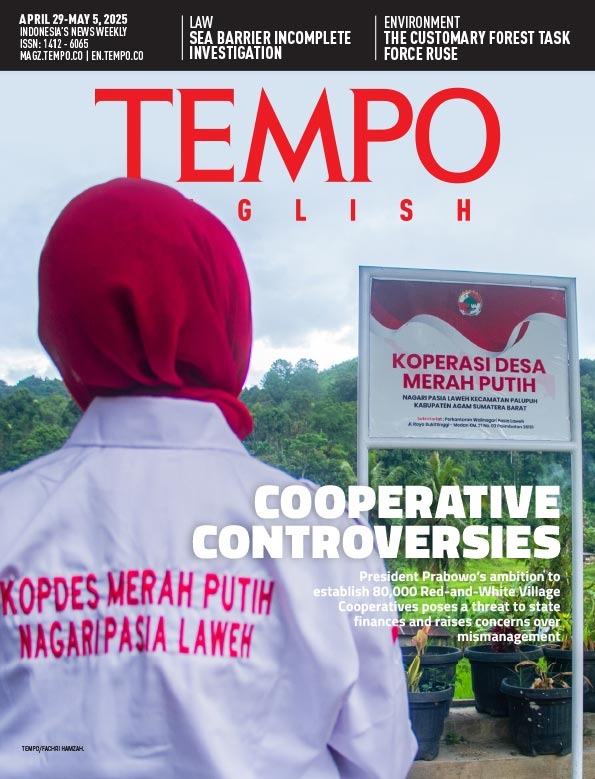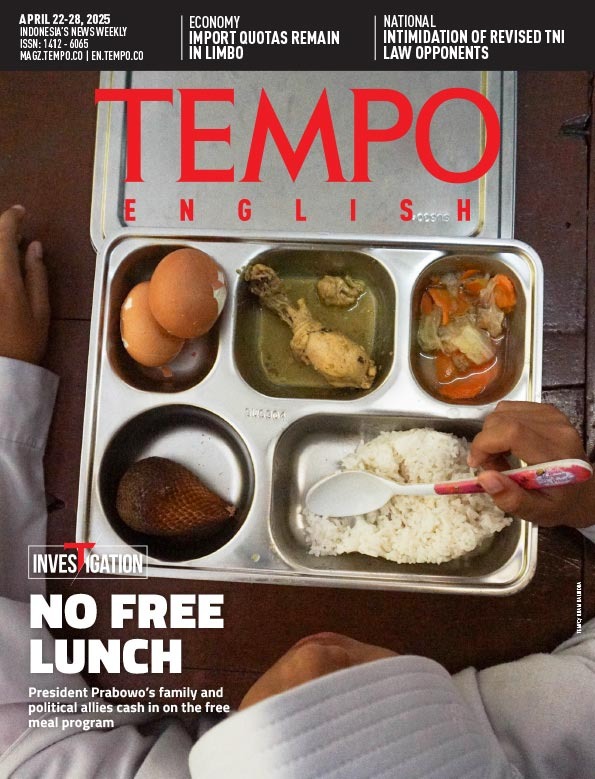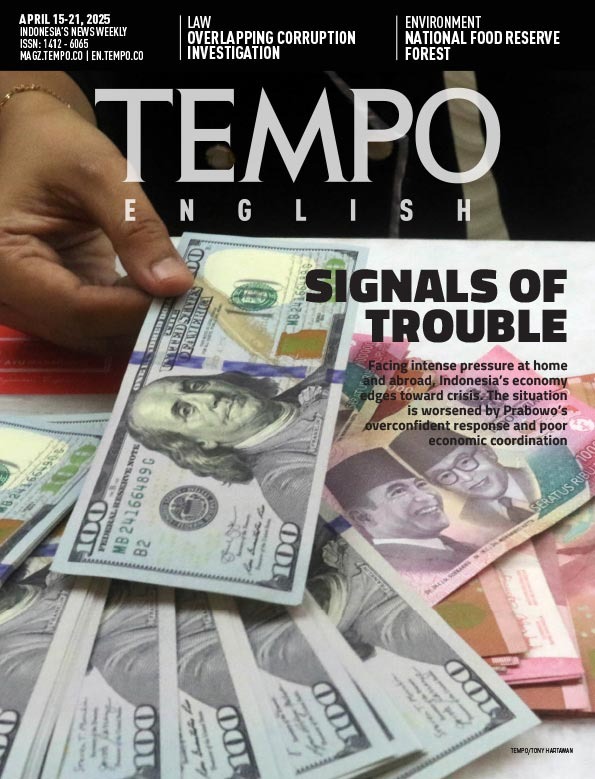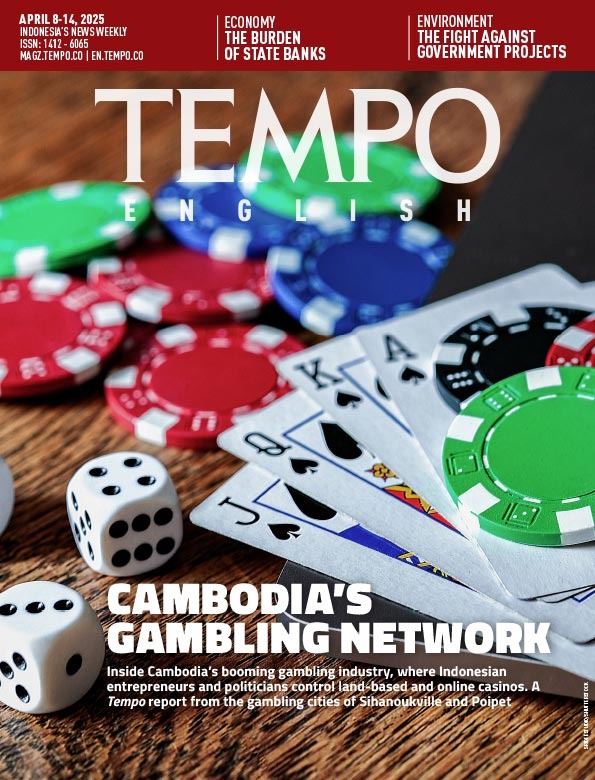Reconnecting with the Earth
Monday, April 5, 2021
Sumarni Laman is motivating Dayak youths to return to their tradition of preserving the forest. She made it to the list of 16 Women Restoring the Earth by the Global Landscapes Forum.
arsip tempo : 174606303218.
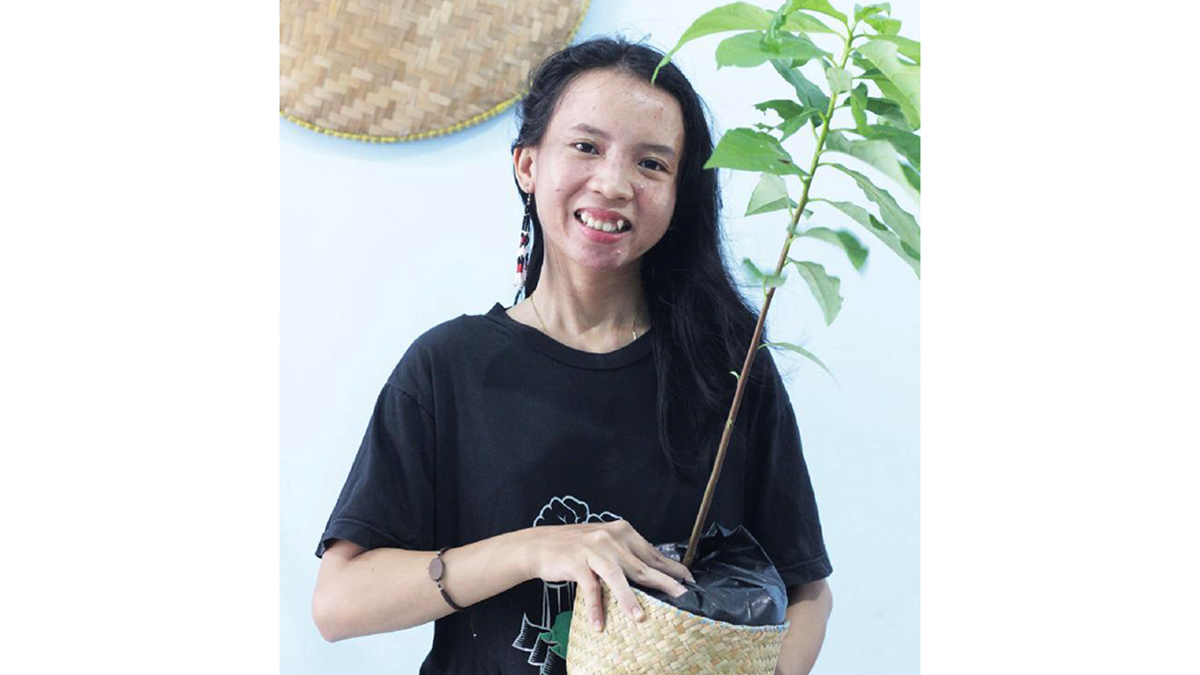
THE Asian woman’s portrait is displayed on the Global Landscapes Forum website, along with 15 other women from various nations. Sumarni Laman from Central Kalimantan became the only Indonesian woman chosen to join the ranks of Women Restoring the Earth. The international forum, which focuses on Sustainable Development Goals and the Paris Agreement on climate change, announced the 16 names in March. “I represent the youth movement in K
...
Subscribe to continue reading.
We craft news with stories.
 For the benefits of subscribing to Digital Tempo, See More
For the benefits of subscribing to Digital Tempo, See More



